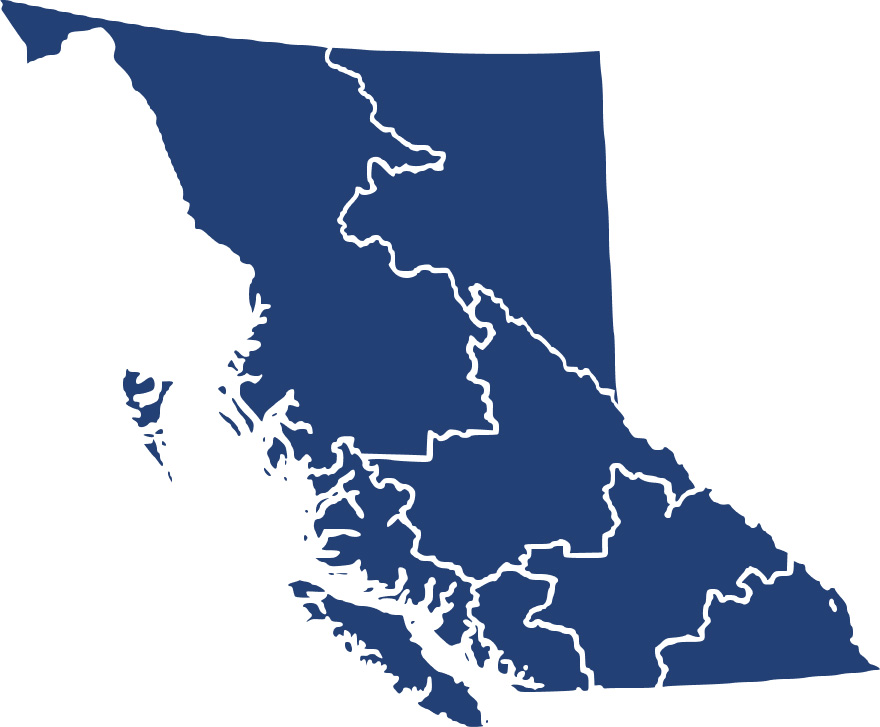Career Overview
Printing press operators set up and operate sheet and web-fed presses to print illustrations, designs and text on paper, plastic, sheet metal and other material.
People in this occupation:
- Work for commercial printing companies, newspapers, magazines and other publishing companies, and establishments in the public and private sectors that have in-house printing departments
- Should be mechanically inclined and enjoy careful, precise detailed work
- Should have good eyesight and accurate colour perception, as well as good mathematic skills in order to perform calculations
- Should have a familiarity with computers and a good level of physical fitness
Duties
Printing press operators:
- Review job orders to determine job specifications such as production time, colour sequence and quantities required, and advise press crew of these specifications
- Mount plates or cylinders and make necessary adjustments
- Fill ink fountains and take measurements, make adjustments and determine settings to control colour and thickness
- Set up press and check samples for ink coverage, alignment and registration
- Monitor regular press run for quality consistency using computer control console and make adjustments if required
- Remove and clean plates and cylinders at end of press run
- Direct activities of press crew and make sure that safety procedures are followed
Earnings
Earnings is income that workers receive in exchange for their labour. Depending on the type of employment, earnings can be in the form of wages (hourly), salaries (fixed monthly or annual) or self-employed earnings.
Work Environment
# Workers Employed
1,175% Employed Full Time
62%Some printing press operators, particularly those who work for newspapers, work shifts that can include weekends, nights and holidays. Overtime work may be required to meet deadlines.
Printing press operators usually work in climate controlled press rooms. They often stand for long periods and do a considerable amount of bending and reaching. They frequently lift paper, ink rollers and other items weighing up to 10 kilograms.
Working with machinery can be noisy and involves some risk of injury, however, workers follow safety procedures to reduce potential hazards. In addition, newer computerized presses allow operators to make most adjustments from a control panel, thereby reducing risks of injury.
Career Pathways
Experienced operators may advance to lead hand, foreman, plant manager or other supervisory positions where operating large presses require a press crew.
Related Careers
Occupational Interests
It’s important to understand what kinds of occupations align with your interests.
For more about occupational interests visit Skills for the Future Workforce > Characteristics.
Here are the top occupational interest(s) for this career profile:
Job Titles
Education, Training and Skills
Completion of secondary school is required.
Completion of a four-year apprenticeship program in Graphic Arts litho presspersons (web, sheet fed, rotary and gravure) is available, however, certification is not required to work as a printing press operator in British Columbia. While certification is not mandatory, it will likely increase employment opportunities.
All apprenticeships require workers to find a sponsor employer who is willing to participate in the program. For more information, please see SkilledTradesBC's website at https://skilledtradesbc.ca.
Education programs in B.C.

Skills
Every job calls for a certain set of skills. Knowing those skills is the first step in finding a good career fit.
Here, you will find the 10 most relevant workplace skills. Some are more important to achieving success in a certain career than others. These skills may come naturally to you or you may need to gain them through education, training and experience.
See the list of work-related skills below, ranked in order of importance for this career. Check out the list and see if this career matches your skills—take that first step!
Conducting tests and inspections of products, services or processes to evaluate quality or performance.
Watching gauges, dials or other indicators to make sure that a machine is working properly.
Keeping track of and assessing your performance, other individuals, or organizations to make improvements or take corrective action.
Controlling operations of equipment or systems.
Using logic and reasoning to identify the strengths and weaknesses of alternative solutions, conclusions or approaches to problems.
Performing routine maintenance on equipment and determining when and what kind of maintenance is needed.
Understanding written sentences and paragraphs in work-related documents.
Repairing machines or systems using the needed tools.
Determining causes of operating errors and deciding what to do about it.
Giving full attention to what other people are saying, taking time to understand the points being made, asking questions as appropriate, and not interrupting at inappropriate times.
Labour Market Statistics
Discover data, facts and information that have been gathered and analyzed. Learn about the characteristics of the economy and labour market in B.C.
Employment
Find out about employment types and trends by region and industry.
Employment
1,175Employment by Region















| Region | Employment | % Employment of this Occupation |
|---|---|---|
| Cariboo | 20 | 1.7% |
| Kootenay | 20 | 1.7% |
| Mainland/Southwest | 915 | 77.9% |
| North Coast and Nechako | 0 | 0.0% |
| Northeast | 10 | 0.9% |
| Thompson-Okanagan | 95 | 8.1% |
| Vancouver Island/Coast | 105 | 8.9% |
Labour Market Outlook
The B.C. Labour Market Outlook is a 10-year forecast of the expected supply and demand for labour in the province. It’s usually updated every year. The purpose is to provide British Columbians with the knowledge to make informed decisions on careers, skills training, education and hiring.
Forecasted Job Openings (2023-2033)
410Forecasted Job Openings
Forecasted Employment Growth Rate
Composition of Job Openings
Job Openings by Region (2023-2033)















| Region | Job Openings | Avg. Annual Employment Growth |
|---|---|---|
| Cariboo | 0 | -2.9% |
| Kootenay | Not available | Not available |
| Mainland/Southwest | 360 | 0.2% |
| North Coast and Nechako | Not available | Not available |
| Northeast | Not available | Not available |
| Thompson-Okanagan | 20 | 0.1% |
| Vancouver Island/Coast | 30 | 0.4% |
Industry Highlights
Learn about the opportunities in B.C.'s major industries, including employment trends, earning potential, locations of work and more.
Forecasted Job Openings by Industry
| Industry | Job Openings (2023-2033) |
|---|---|
| Manufacturing | 350 |
| Information, Culture And Recreation | 20 |
| Transportation And Warehousing | 10 |
| Retail Trade | 10 |
| Professional, Scientific And Technical Services | 10 |
Insights from Industry
The majority of the openings for printing press operators will arise from the need to replace retiring workers.
British Columbia's Printing and Publishing industry is expected to see growth as a result of a growing population and communications-intensive events, such as the 2010 Olympic Games. However, this growth will be tempered by an increased use of the internet to distribute news, advertising and other communications materials. Technological developments such as desktop publishing, direct-to-press printing, automated binding and print-on-demand capabilities may result in decreased employment opportunities for these workers.
Resources
-
British Columbia Printing & Imaging Association (BCPIA)www.bcpia.org
-
Canadian Printing Industries Associationwww.cpia-aci.ca
-
SkilledTradesBCskilledtradesbc.ca/








